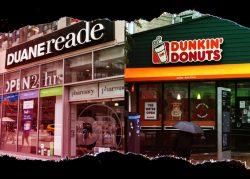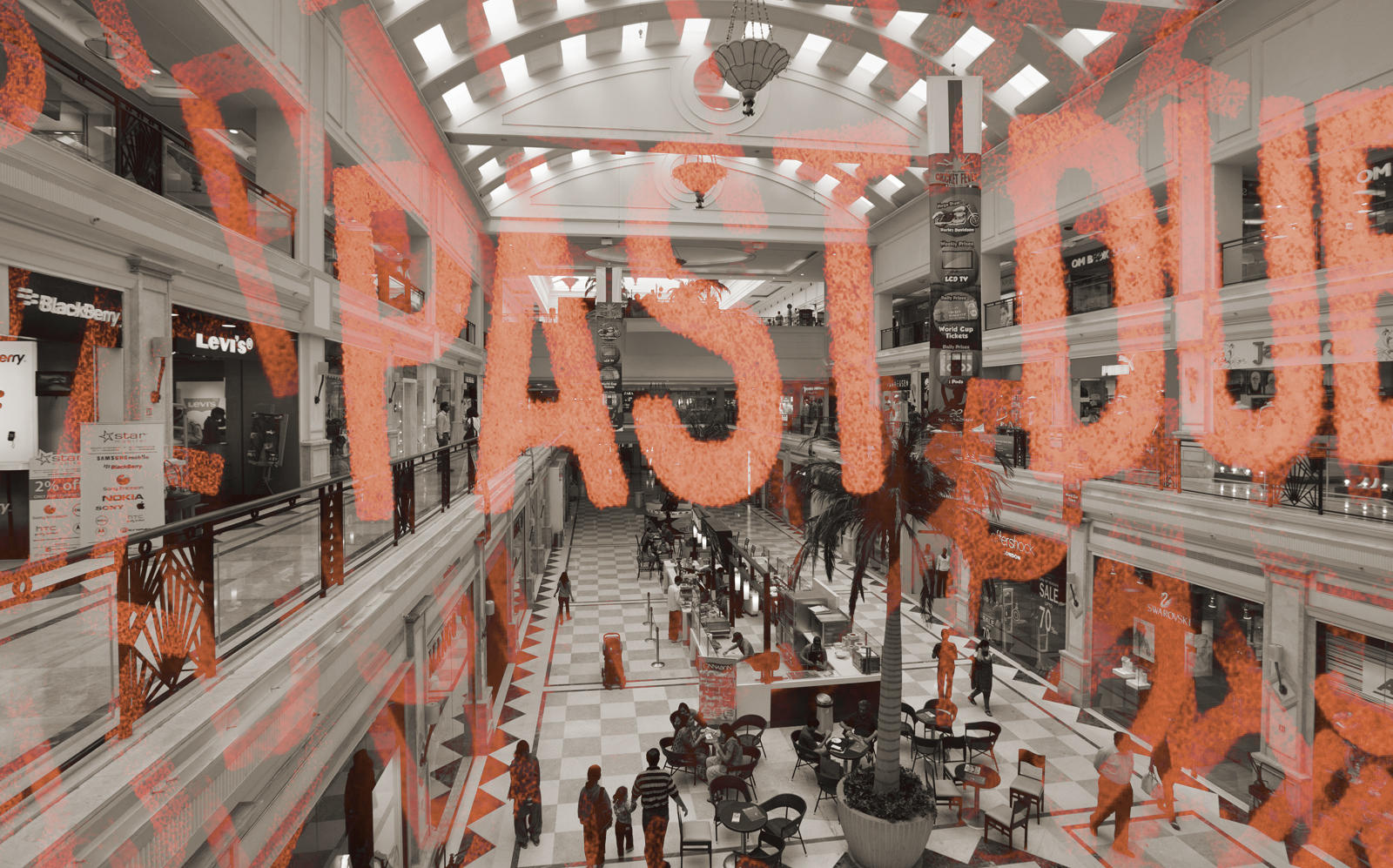The pandemic has exacerbated the retail sector’s pre-existing problems, deteriorating rent collections and forcing landlords to make compromises with their tenants. But there were some encouraging signs as 2020 came to a close.
Before the pandemic, national tenants paid 94 percent of rent. When Covid-19 hit, that all came crashing down, according to the latest report by Datex Property Solutions, with that figure dropping to just 62 percent in the second quarter of 2020.
“It was a major body blow,” Datex Property Solutions CEO Mark Sigal said.
But by the end of 2020, things returned to something resembling normal: In the fourth quarter, rent collections had rebounded to 90 percent, which Sigal defines as the “new normal.”
For the entirety of 2020, rent collection was at 83 percent — only about 2 percent lower than it was in 2019.
The chains included in Datex Property Solutions’ survey all have a minimum gross monthly rent of $250,000 or lease 10 or more locations. The report does not account for any rent relief provided to the retailers by their landlords.
Some sectors fared better than others: Apparel fell from having 89 percent rent collection at the start of the year to 34 percent in the second quarter of 2020. By the fourth quarter, collections had gone back up to 87 percent.
And supermarkets — which were classified as “essential” during the pandemic — never saw rent collections fall below 96 percent, according to the data.
The fitness category, meanwhile, had a huge drop in rent collections at the beginning of the year, going from 95 percent in the first quarter to 14 percent in the second. By the fourth quarter collections were still down at 72 percent, while occupancy costs took up 49 percent.
The chain 24 Hour Fitness saw rent collections plummet to 8 percent in the second quarter, but even by the fourth quarter, collections were only at 29 percent. For the year, 24 Hour Fitness paid only 40 percent of its rent. The company filed for bankruptcy in the middle of the year.
Few retailers did worse than that, but one that did was Regal Cinemas, which paid only 32 percent of its annual rent. After increasing from 4 percent in the second quarter to 18 percent in the third, the movie theater chain dropped to 5 percent in the fourth quarter. The chain faced major financial struggles as its theaters remained closed in many markets, but got a $450 million bailout near the end of the year.
Despite the struggles, it looks like few retailers gave up. Total occupancy remained around 87 percent throughout the year, while early terminations remained low.
However, occupancy costs have risen across the board. That, coupled with rent costs and further pandemic-related lockdowns, means that challenges remain for retailers in 2021.
“It’s not like these tenants have magically gotten healthy,” Sigal said. “It’s not like most landlords have dramatically cut back their overhead. It’s not like banks have said, ‘Hey, don’t worry about the loans.’”
Read more



